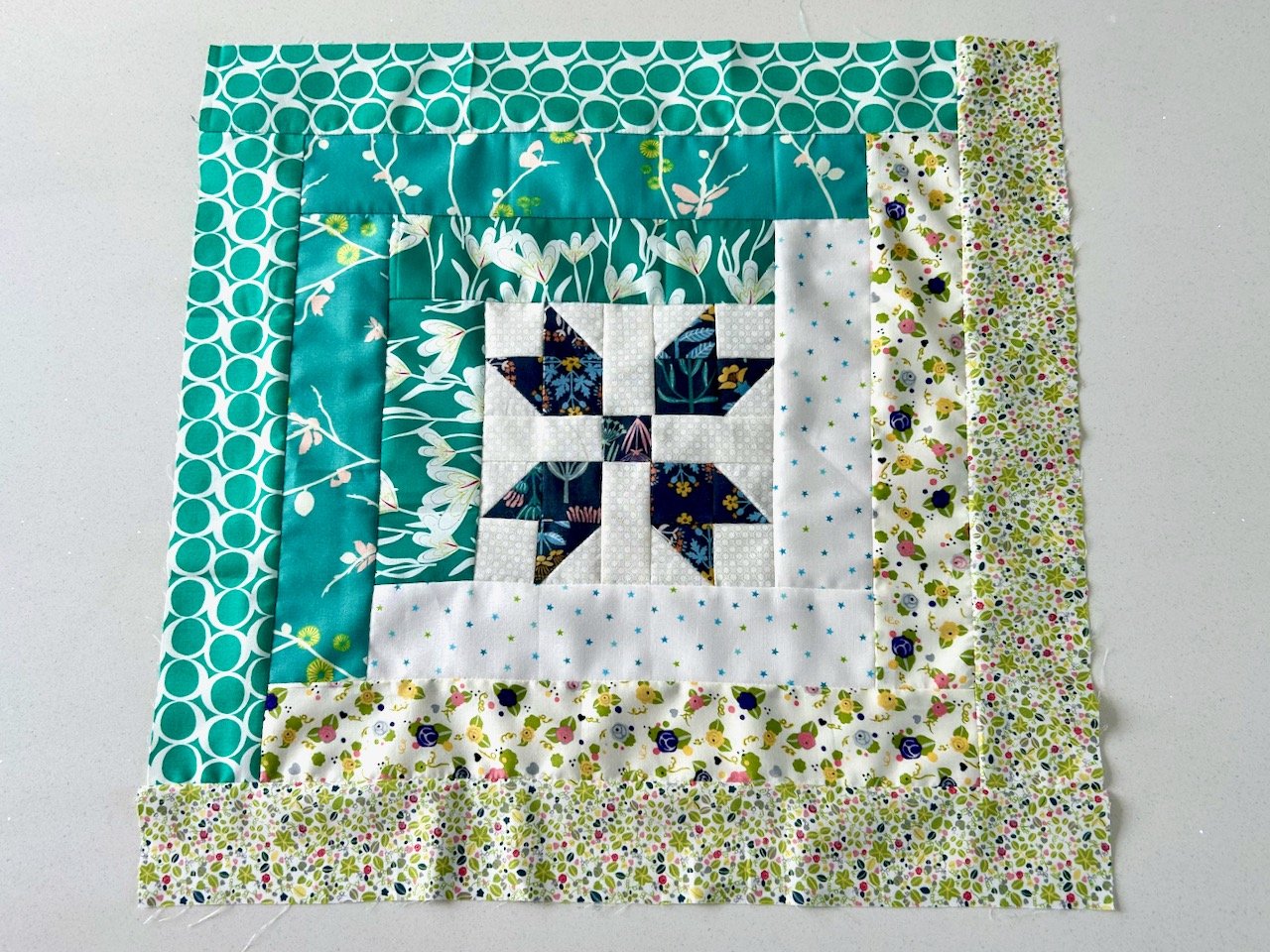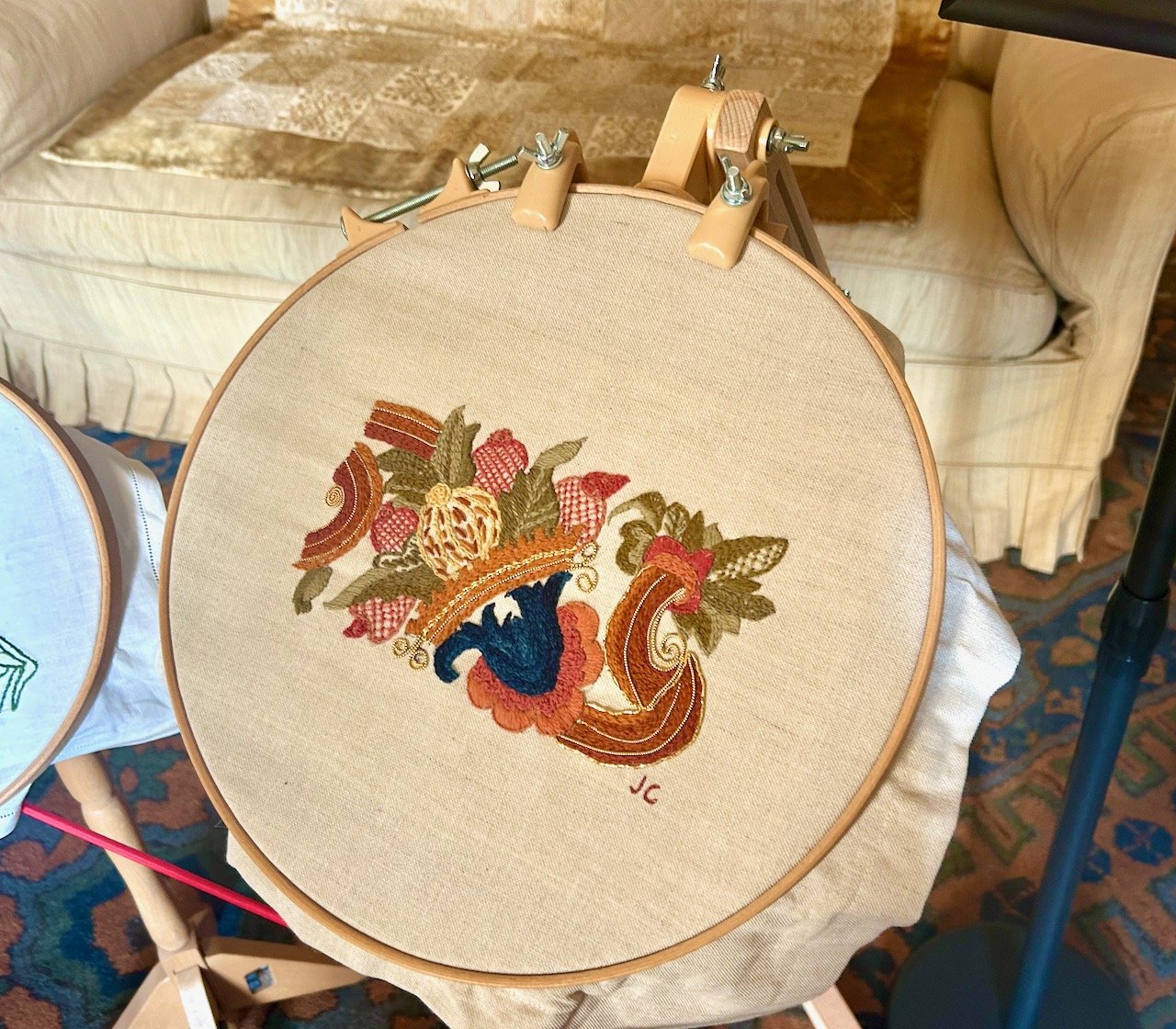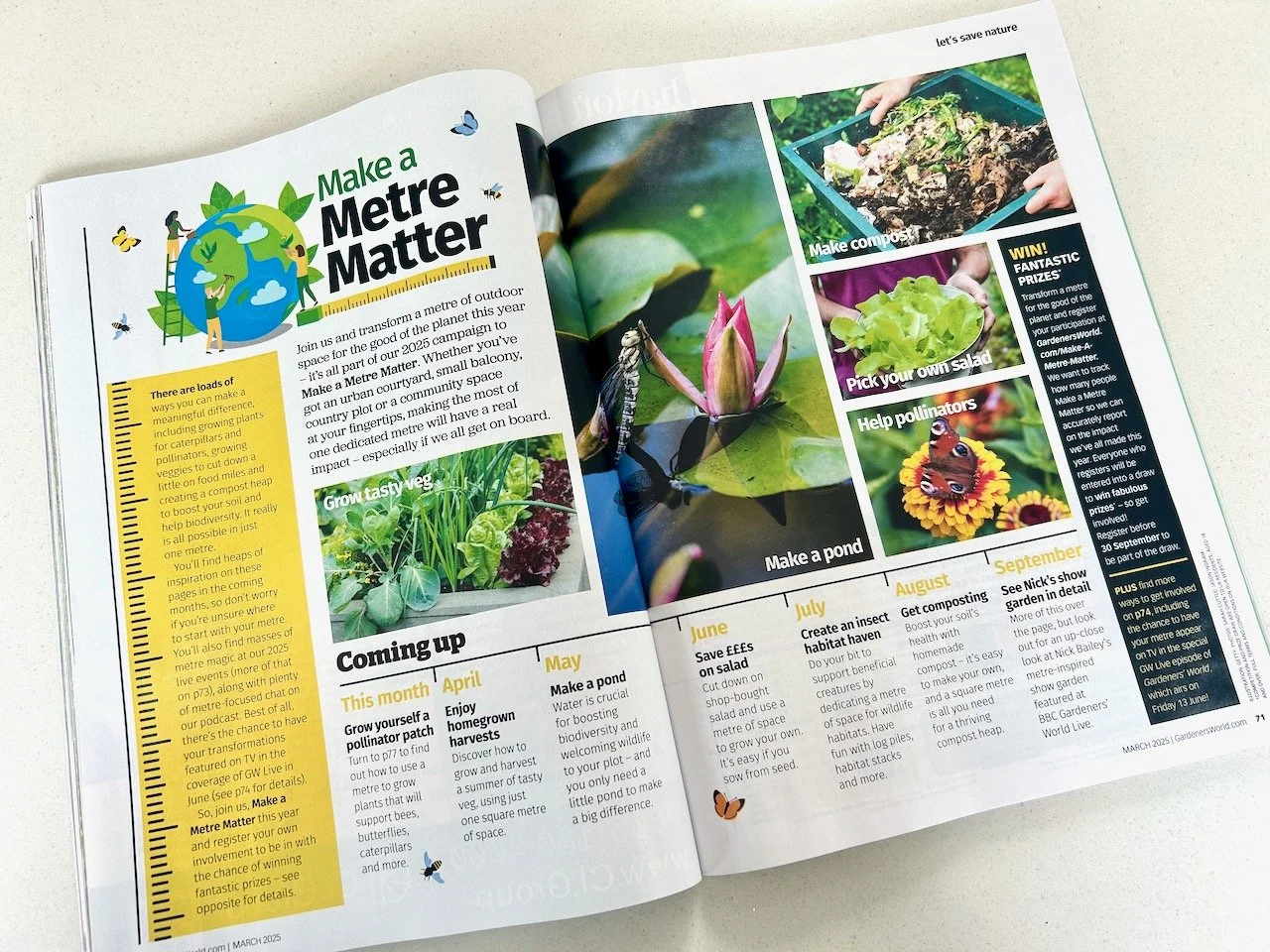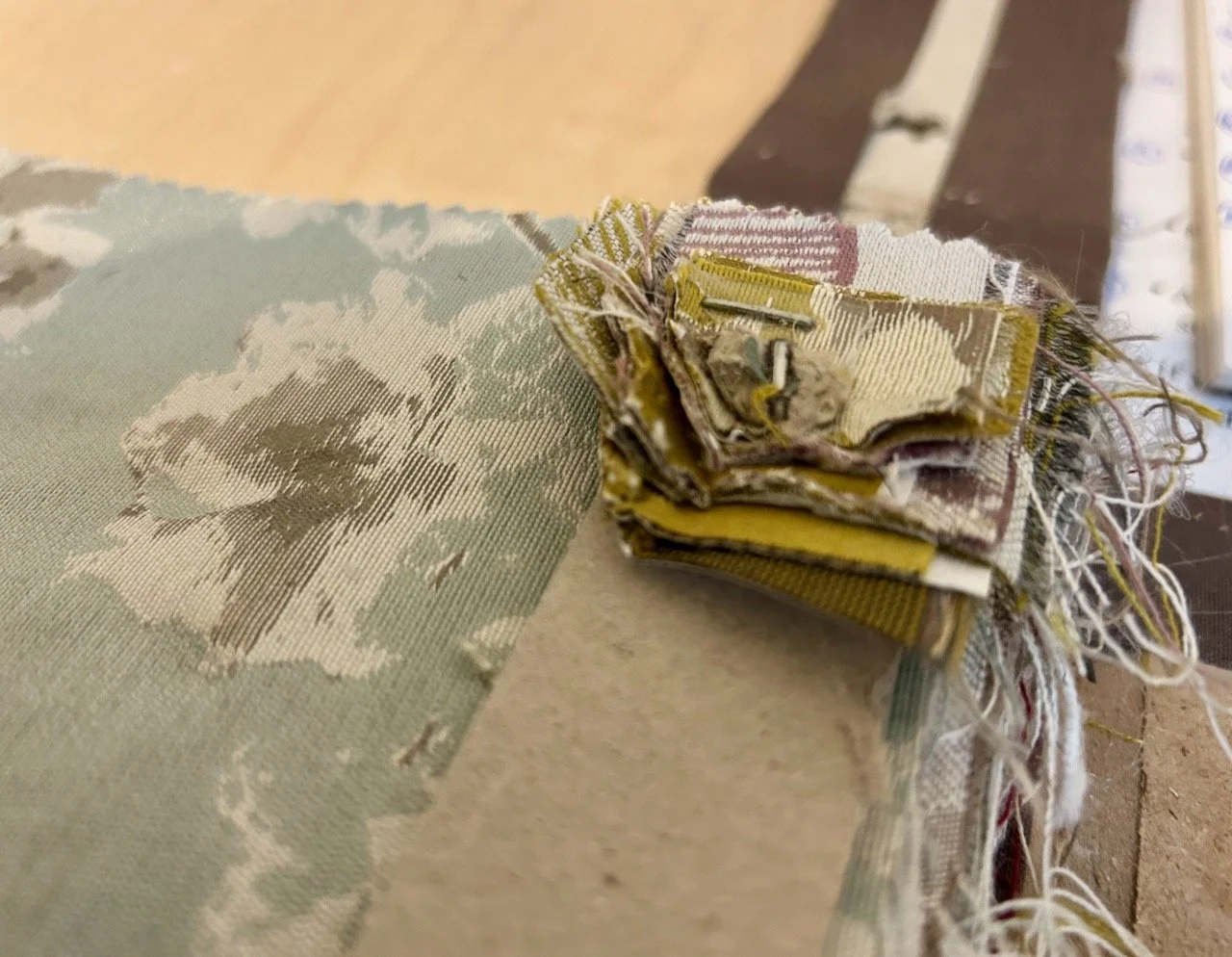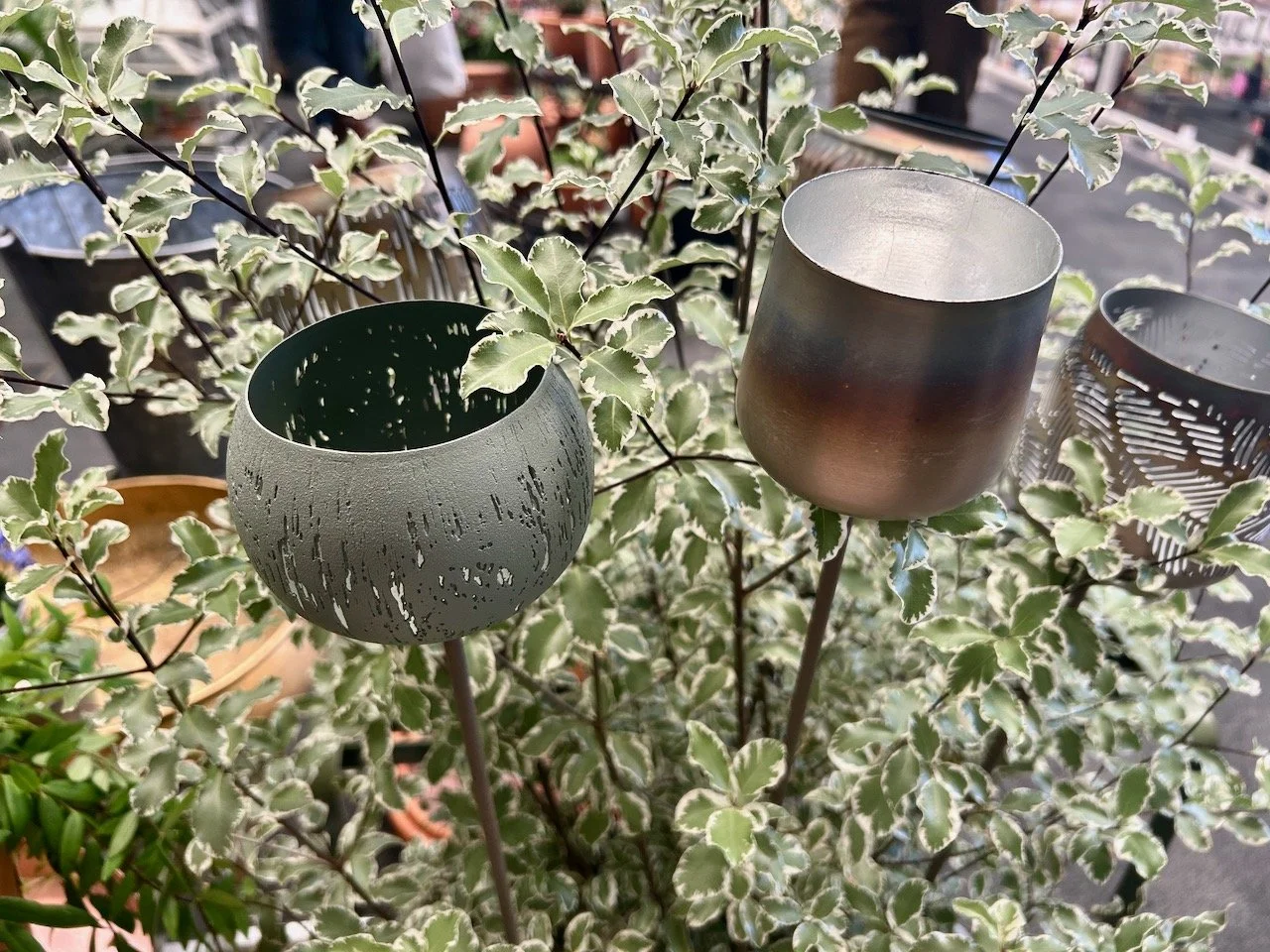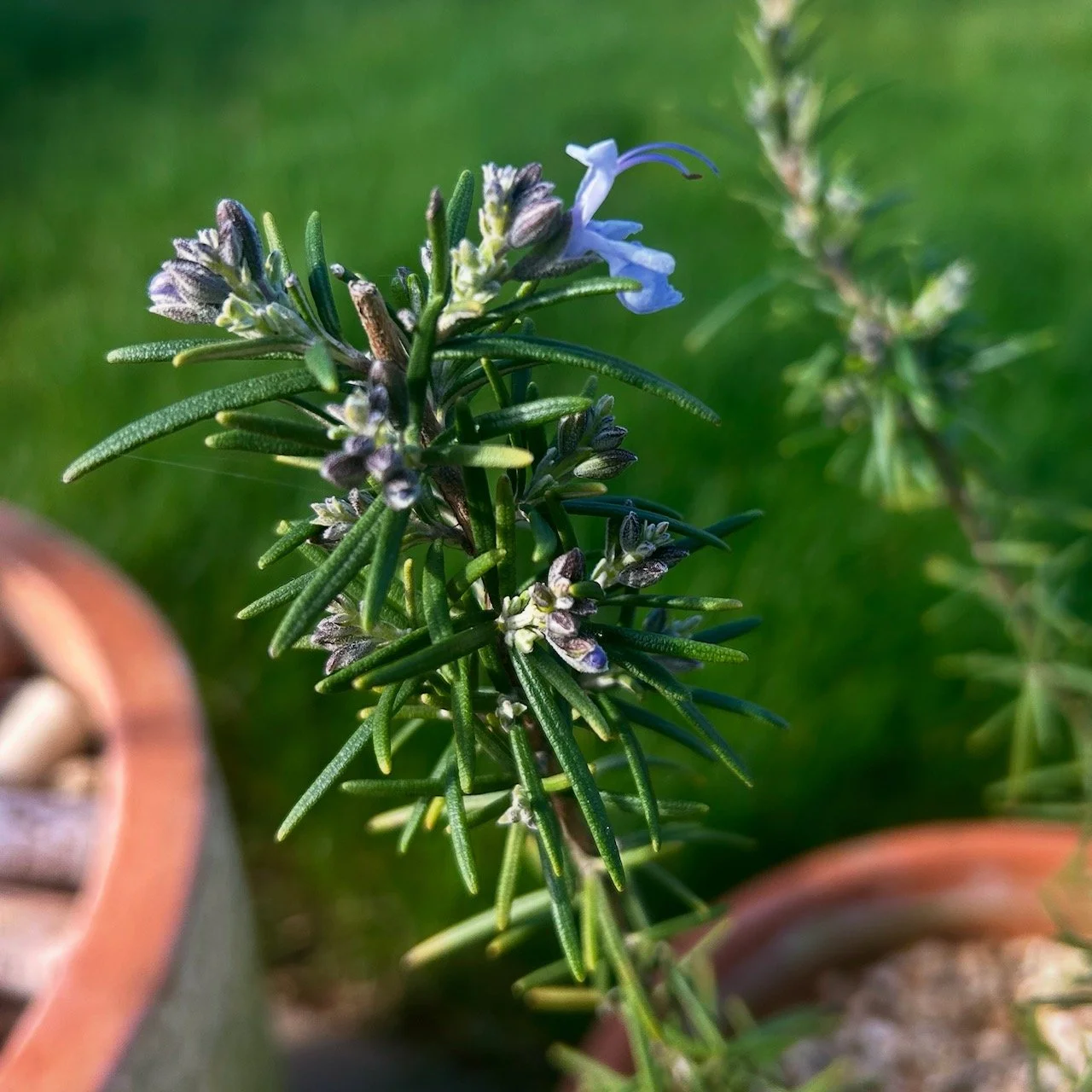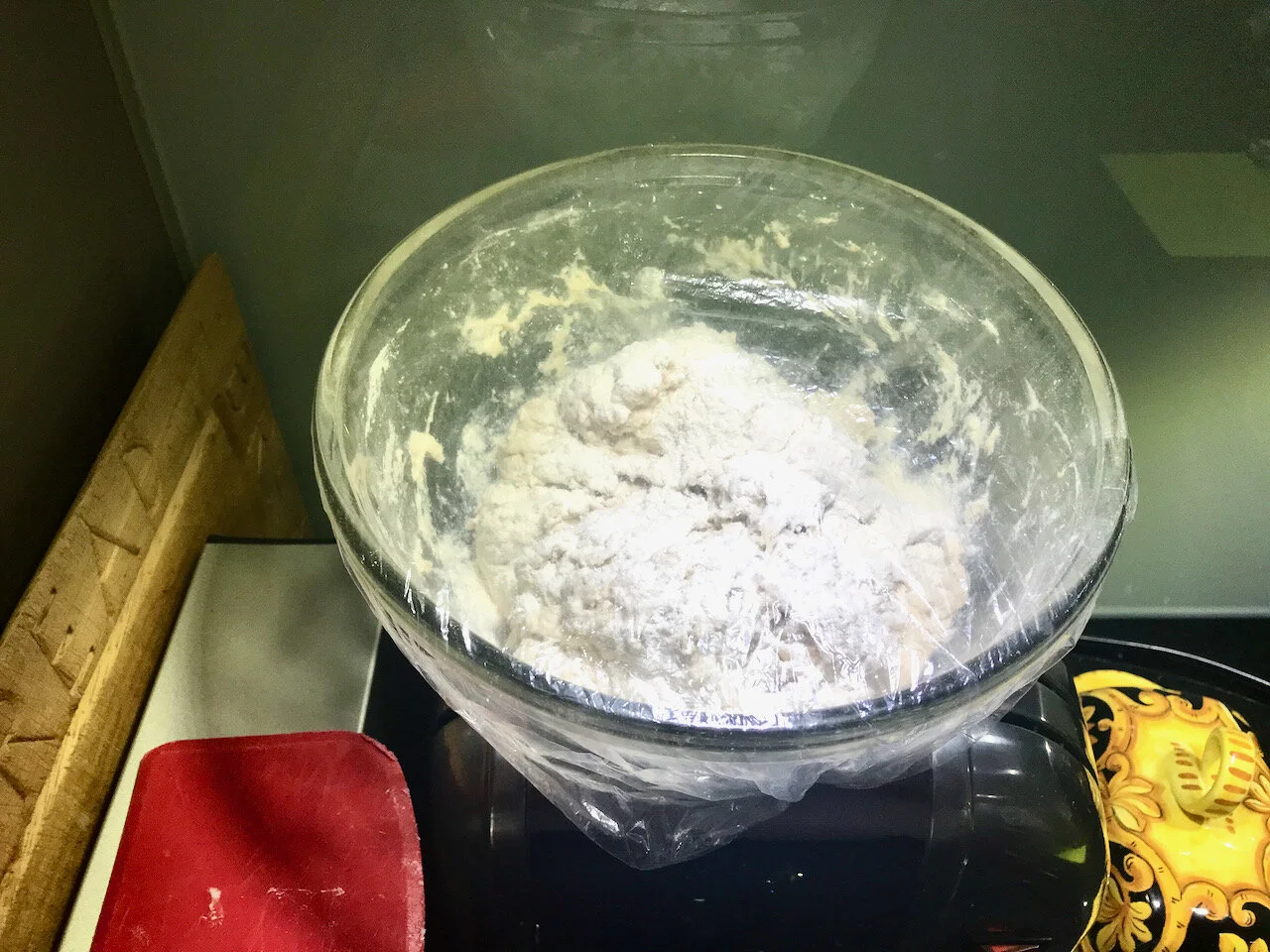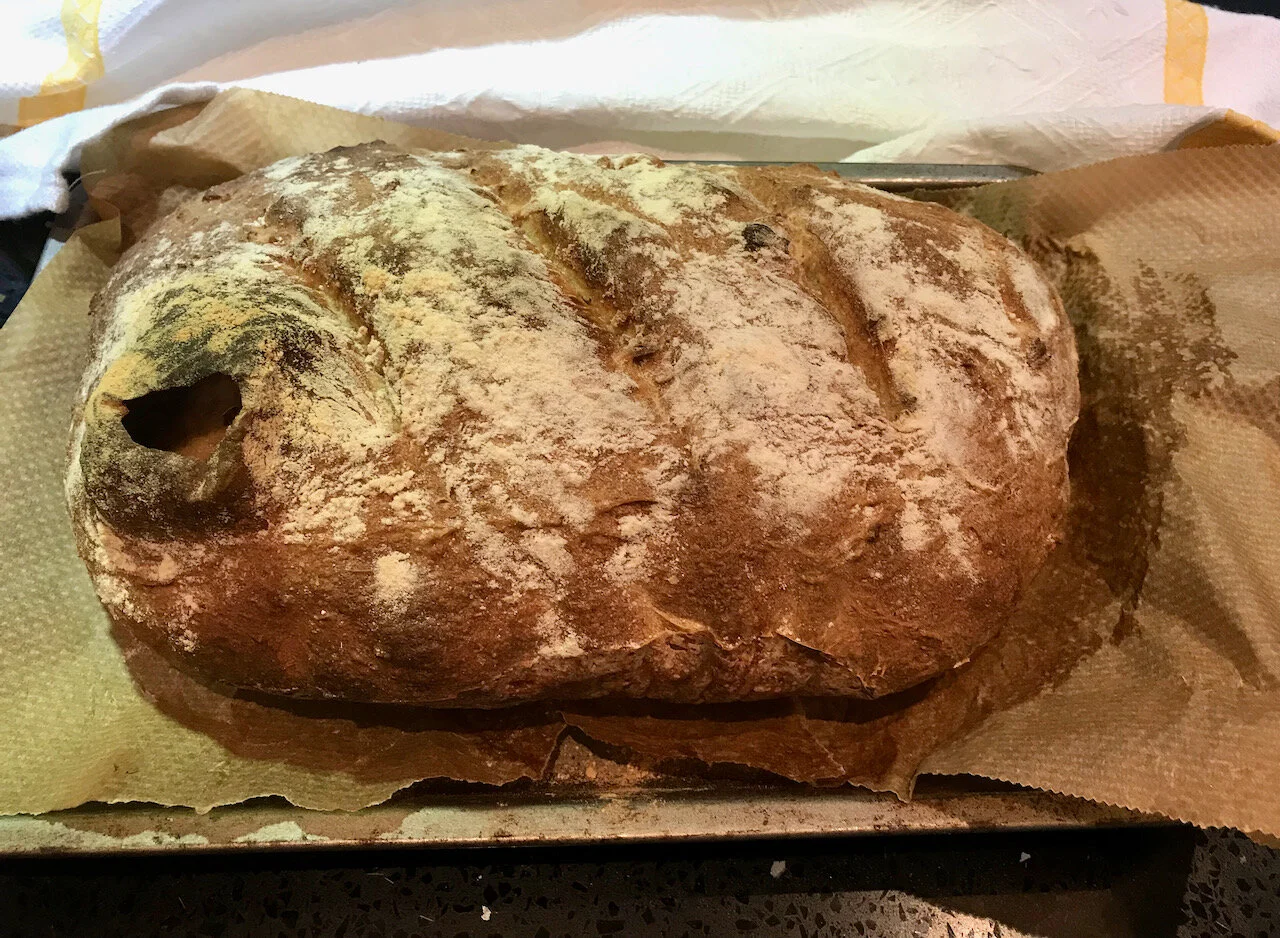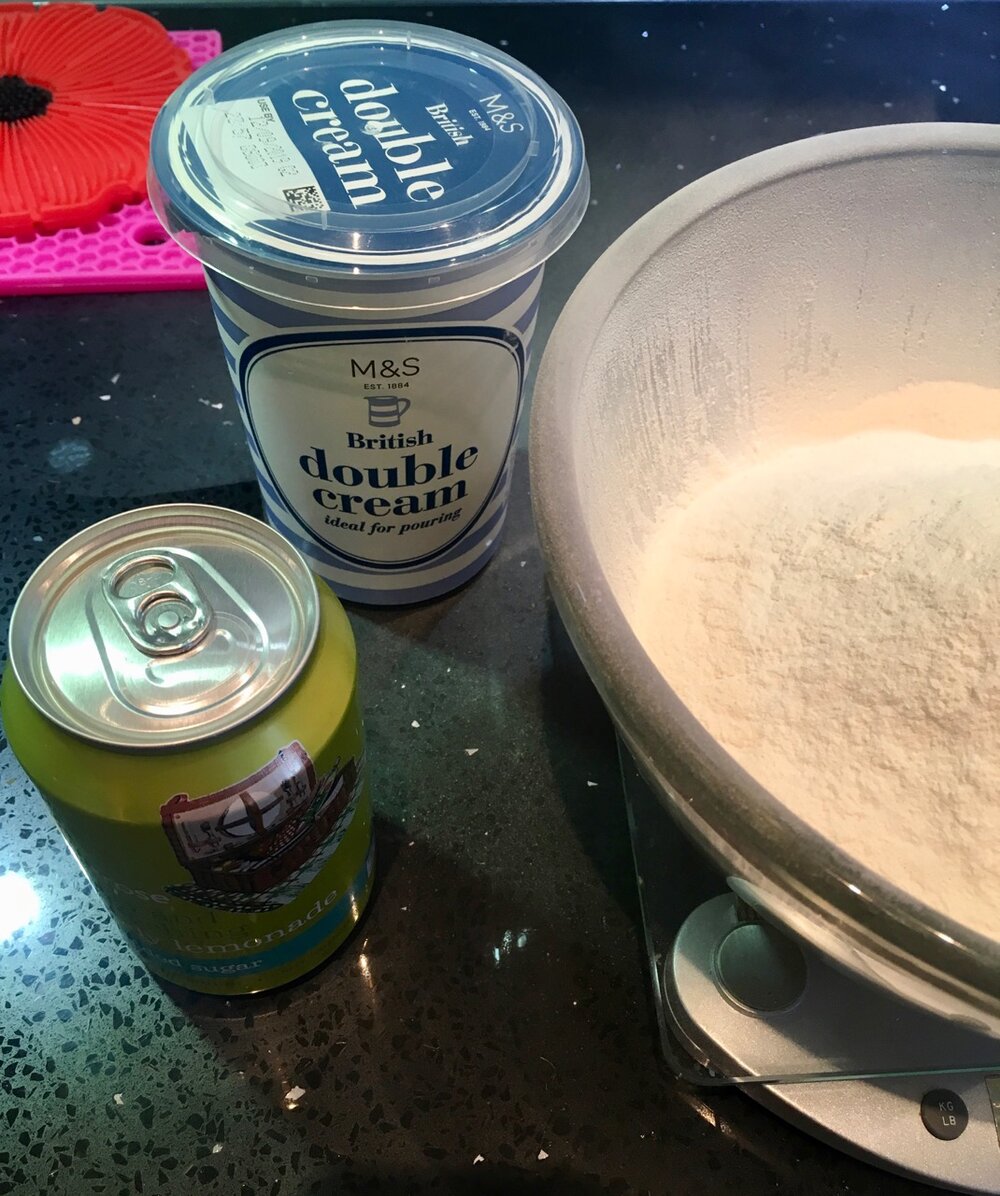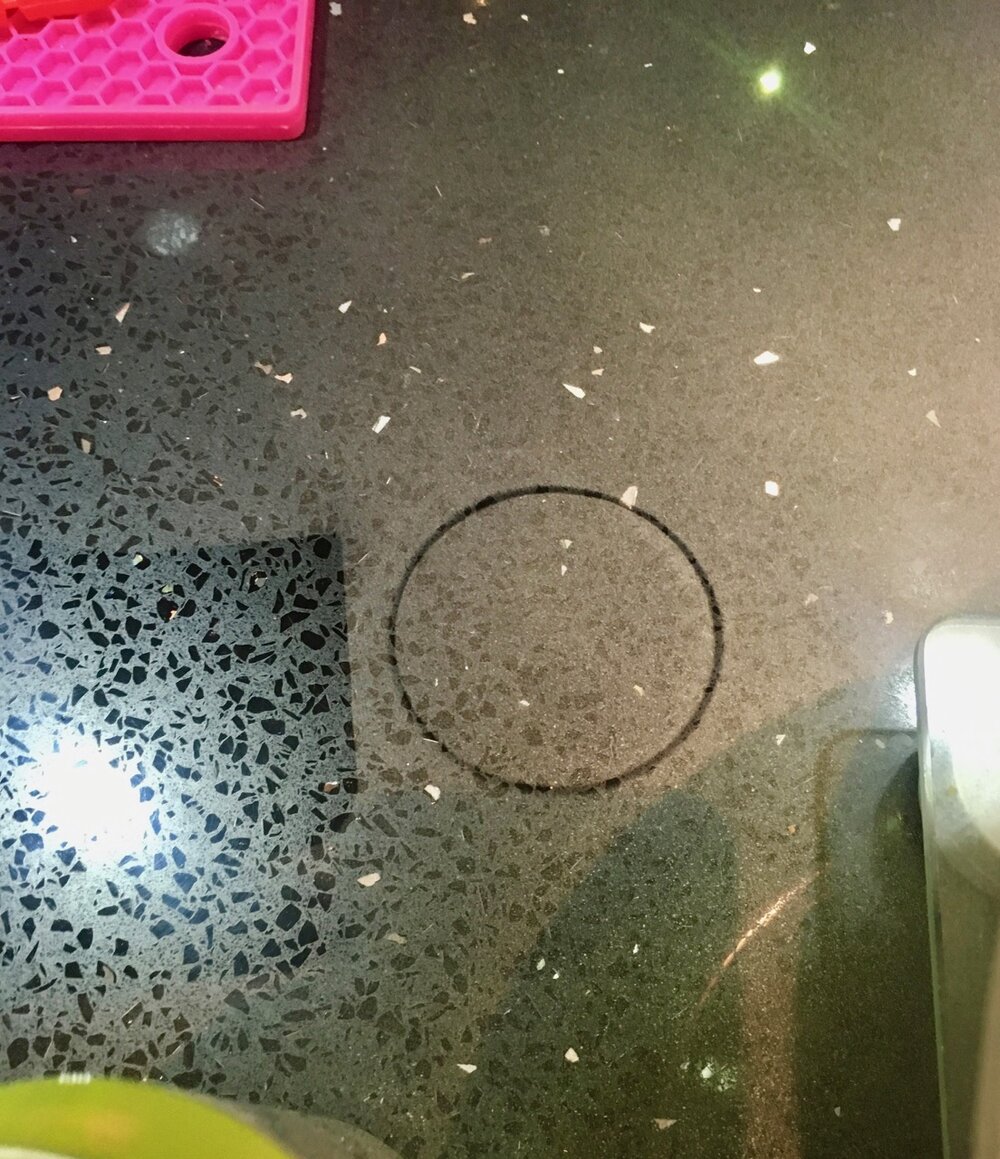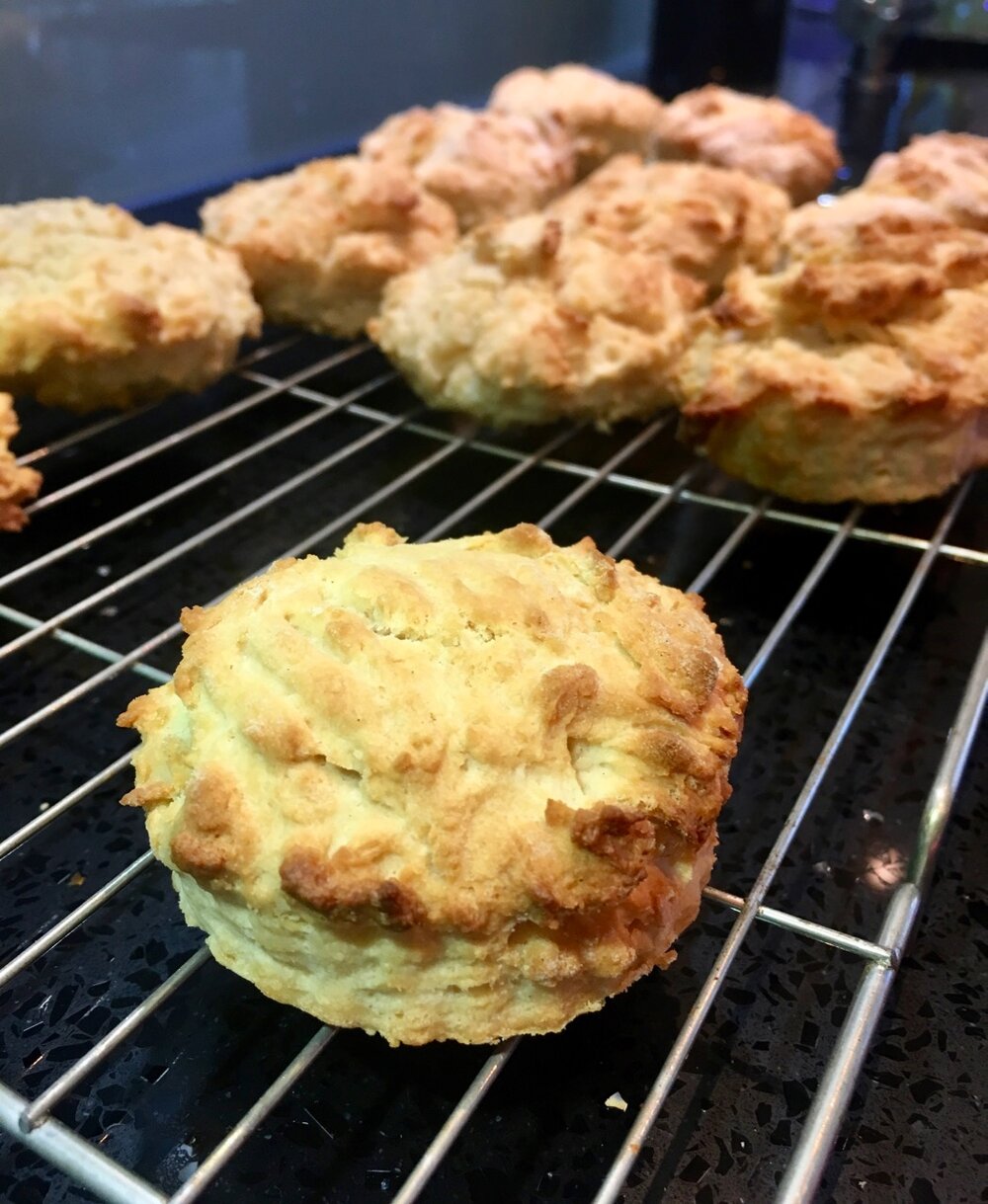I’ve long been a sourdough fan and back in 2015 I shared how I made my loaf. It’s always made a fairly dense loaf and that’s been ok. Recently though I’ve been experimenting and have made a bubblier sourdough on more than one occasion, so today’s post is all about that.
It may be different to your sourdough recipe, or those of the sourdough artisan bakers - but this is my new way of making my sourdough. And part of the reason I’m sharing it here is so I can remember the quantities of the ingredients - sadly, true.
The ingredients are:
500g white bread flour
300g water
150g sourdough starter
8-10g salt.
Now having just compared that to my previous recipe I’ve realised that my experimenting has led me to swap the water and sourdough starter quantities. How strangely peculiar.
Anyway, the method is pretty much the same - combine all the ingredients until they come together, and leave in a warm place.
At this stage it is a bit bumpy and lumpy - but don’t lose faith. Every 30 minutes or so I use the flexible dough scraper to “turn” the dough, making sure I scoop from underneath and fold that into the top. I usually count 20 turns on each attempt.
Gradually it looks more like the dough you were expecting. Then I cover it and leave it in a warm place until I’m ready to cook it several hours later. The trick is to leave it long enough so the dough rises, but not too long that it over-prooves, as an example - if I start this around lunchtime, I’ll cook it between 9-10pm. If that tells you anything about me, it tells you I’m a night owl.
For cooking times - I heat the oven to 220 degrees and put a small ramekin of boiling water in the oven once it’s at temperature to help with the crust. I’ve taken to cooking the loaf on baking powder, but mainly so I know it will be easy to get off the small baking tray.
This loaf had a bubble at the top of the dough, and I learnt that that will burn. Next time I’ll make sure the bubbles are less obvious, I think.
It still tastes good though!


